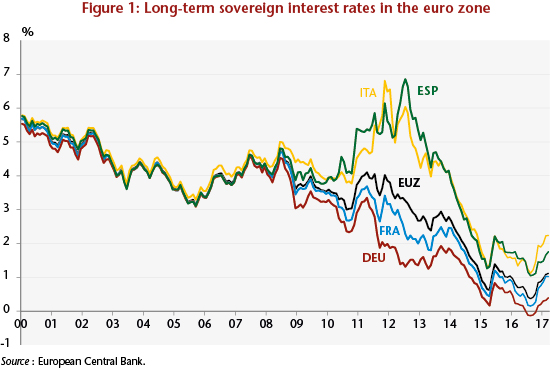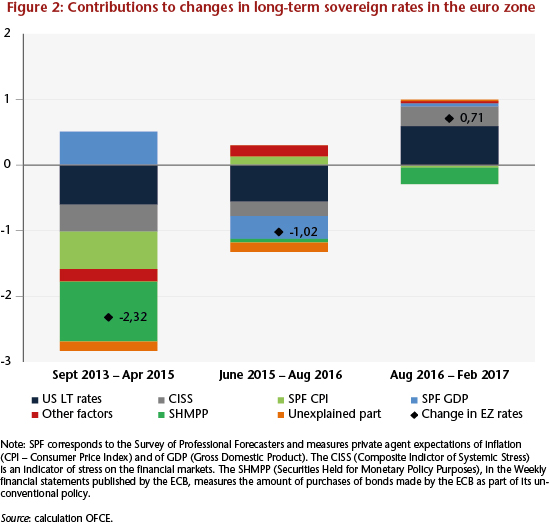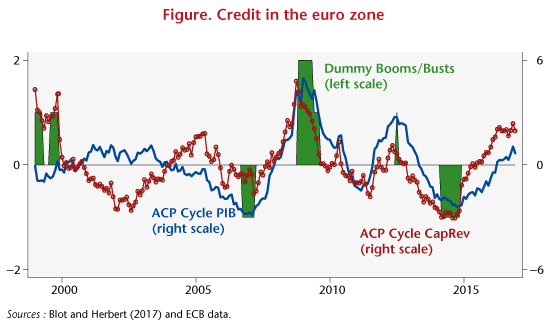Climate: Trump blows hot and cold
Donald Trump has thus once again respected one of his campaign promises. Nevertheless, the withdrawal of the United States from the Paris climate agreement is still not certain.
Some key figures in the US oil lobby, such as the Secretary of State, Rex Tillerson, who was former boss of Exxon-Mobil, along with its current CEO Darren Woods and the Governor of Texas, the leading oil producing state in the United States, are advising the President to keep the United States in the agreement – if only to influence the way it’s applied.
This withdrawal is certainly not good news. But it does not constitute the catastrophe that some seem to fear.
At the international level, China immediately renewed its commitment by replacing the former Sino-US axis with a new Sino-European climate alliance.
Despite the importance of coal in China’s energy mix, it has become the world’s leading solar power producer, both in installed capacity as well as in the capacity to produce photovoltaic cells. China’s leaders have no intention of turning their back on this technological shift, which places their country in an enviable position of technological and industrial leadership.
Moreover, beyond the global problem of climate change, for China the reduction of coal consumption is a critical issue in its local policy.
The fine particles emitted by the country’s power stations are smothering its cities and significantly degrading the inhabitants’ quality of life. With environmental demands rising among the populace, it would be unthinkable to forego further efforts to reduce coal consumption.
The combined leadership of China and Europe should be enough to isolate Trump’s position on the international stage and not jeopardize the participation of the other major emitting countries in the agreement. But the United States alone does still account for 15% of global emissions (compared with 30% for China and 9% for the European Union).
A complete renunciation of any climate policy at the domestic level would have a significant impact on the future trajectory of emissions.
The announcement by the governors of the states of California, New York and Washington of the creation of an Alliance for the Climate in the aftermath of the US withdrawal is in this respect rich in lessons.
First of all, it confirms that a large part of American climate policy is decided at the local level (state, even municipality).
It also reveals the great divergence between the American states in the face of climate change: other coastal states that are heavily involved in the energy transition like Massachussetts and Oregon could join this Alliance, which already accounts for more than one-third of US GDP.
Finally, it highlights how sharply divided the country is on the subject: a recent Pew Research Center survey indicates that nearly 60% of Americans want their country to stay in the Paris Agreement. Trump is actually almost as isolated within the United States as he is internationally.
The withdrawal from the Paris Agreement in the main represents a domestic policy decision for Trump. His announcement, which focused on the coal industry, is aimed primarily at his voters in Appalachia’s mining country, who believe their survival is threatened by the energy transition.
In the short term, however, it is much more the competition from shale gas that is threatening the US coal industry.
The new competitiveness of renewable energies, even without subsidies, condemns coal over the longer term: the leading producer of wind power in the United States is for instance Texas, which does not exactly arouse suspicion for its environmental sympathies.
Donald Trump has thus taken a risk in breaking the international process centred on the Paris agreement in an effort to revive a dying industry – with little hope of success. Fortunately, his international and domestic isolation should limit the scope of his decision.




